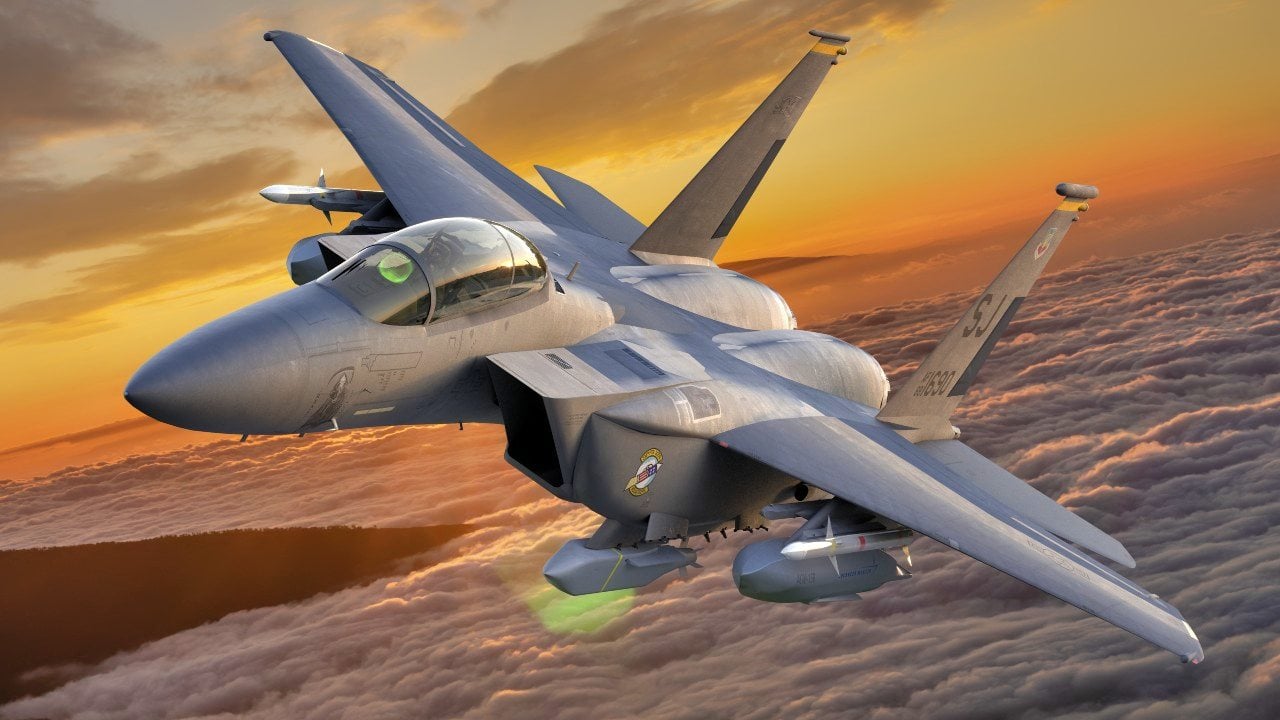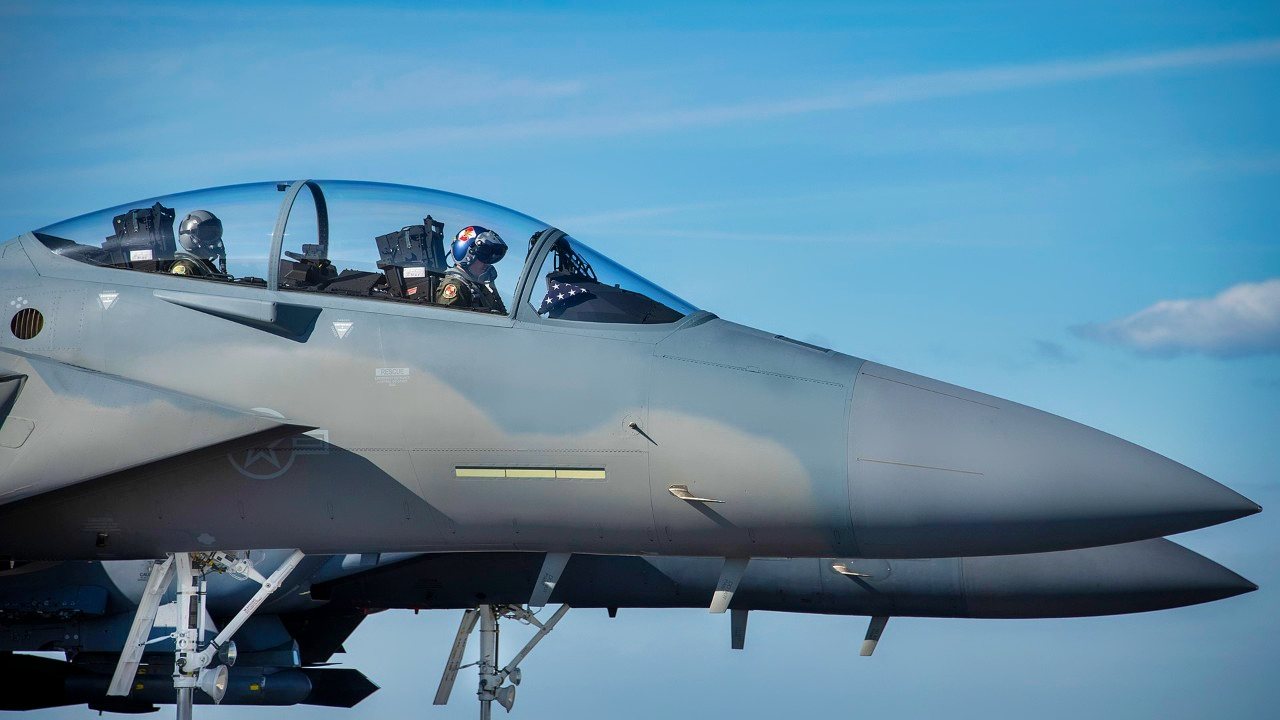
Are Boeing’s F-15EX Eagle II and F/A-18E/F Fighters in Jeopardy?
Summary: Boeing faces a challenging year in 2024, marked by a series of setbacks including a safety incident with an Alaska Airlines 737 Max and a subsequent grounding of the fleet. Additionally, Boeing’s stock value has plummeted by a quarter.
-The aerospace giant managed to secure a $1.3 billion contract for Super Hornets, but production is expected to cease by 2027 due to a lack of new customers. The company also saw reduced orders for the F-15EX from the Pentagon.
-Operational challenges are compounded by a supplier dispute in St. Louis, affecting production lines for key aircraft components. This series of events underscores Boeing’s vulnerability and highlights broader issues within the aerospace and defense sectors.
Boeing’s Problems Keep Piling Up
Aerospace giant Boeing isn’t having a good year. The company’s nonstop streak of bad news began the first weekend of 2024 when part of an Alaska Airlines 737 Max blew off the side of the plane just after takeoff. The entire fleet of 737 Max jets was grounded, and Boeing faces multiple investigations, including a criminal probe.
Boeing stock has lost a quarter of its value this year, and things aren’t looking up.
Earlier this year, Boeing finally secured a new $1.3 billion U.S. Navy contract for the final seventeen new Super Hornets—after months of tense negotiations on the price for the twin-engine aircraft—yet, the aerospace firm failed to find additional customers. Production of the F/A-18E/F will likely cease after 2027.
Likewise, while Israel will move forward with a plan to acquire fifty F-15EX Eagle II fighters, last month, the Pentagon announced it would scale back its F-15EX fighter buys in its Fiscal Year 2025 (FY25). The order for the upgraded F-15EX decreased from more than 200 aircraft to 144, and now to just 98 in total.
St. Louis Blues
Boeing’s fighter division has been under pressure for years—with Lockheed Martin securing contracts for the F-22 Raptor and F-35 Lightning II. Since the beginning of the 2010s, Boeing has struggled to maintain activity at its St. Louis factory, which employs 16,000 people.
The issue could be even worse, reported Meta-Defense, as GKN Aerospace had previously announced that it would close its facility in the St. Louis suburb of Hazelwood. It produces key elements for the construction of both the Super Hornet and Eagle II. Melrose Industries, the parent of GKN Aerospace, said the facility is no longer financially viable.
Boeing had sued GKN and its British parent Melrose Industries in December of 2022, claiming it was the only supplier capable of producing “superplastics” and “flight-control surfaces” used in both the F-15E Eagle II and F/A-18E/F Super Hornet aircraft assembled at Boeing’s nearby factory. Boeing claimed Melrose hoped to force a sale of GKN to Boeing and even turned down other suitors.
GKN and Melrose have maintained that keeping the factory open is “unsustainable.”
At one point, Boeing even had to call for an emergency hearing to ensure that GKN wouldn’t destroy certain parts and materials. GKN subsequently agreed not to dispose of the parts.
Spotlight on Suppliers
This could be seen as a cautionary tale for the aerospace industry and perhaps even the defense sector. As St. Louis Today reported, the fabrication business that GKN now owns used to be in-house in a more vertically integrated company before Boeing sold it to GKN in 2001.

The Boeing feud with GKN shows its vulnerability to key suppliers. Boeing said in a statement that it is now working with GKN and Melrose to keep critical F-15E and F/A-18E/F manufacturing going.
“We would like to find a solution that will be beneficial to the employees and their families,” a Boeing spokeswoman said.
This is likely not the headache Boeing needed, but it could be a wake-up call for the entire aerospace and defense sector.
Author Experience and Expertise: Peter Suciu
Peter Suciu is a Michigan-based writer. He has contributed to more than four dozen magazines, newspapers, and websites with over 3,200 published pieces over a twenty-year career in journalism. He regularly writes about military hardware, firearms history, cybersecurity, politics, and international affairs. Peter is also a Contributing Writer for Forbes and Clearance Jobs. You can follow him on Twitter: @PeterSuciu. You can email the author: [email protected].


